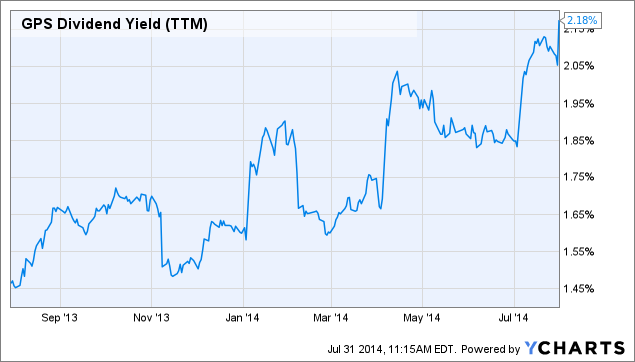Buying the Dividend and Dividend Dates
Post on: 25 Июнь, 2015 No Comment

One once popular way of dividend investing was called buying the dividend , where you buy a stock just before the ex-dividend date. The argument was that you could buy a stock just before it would record who itll pay a dividend to, pick up the free cash, and then sell the stock afterwards. The problem with that strategy is that once the companys ex dividend date passes, the stock would fall by the same amount on the ex-dividend date. This represented cash leaving the company and going to shareholders, thus making this strategy meaningless. To make matters worse, anyone who employed this strategy would be hit with a tax bill for a dividend.
Is there any logic to buying a dividend? Some would argue that companies often recover some of that dividend difference soon after the ex-dividend date, so this isnt that bad of a strategy. However, if thats the case, you might as well buy shares on the morning of the ex-dividend date. You get the stock after the fall, and thus those predicted recovery gains, and you dont pay taxes on getting your own investment back as a dividend.
Dividends can be a very important part of your portfolio as long as you invest in them carefully, buying dividends is not being careful.
I threw out a bunch of dates in the explanation of buying the dividend, and why its a bad idea, so I wanted to explain what all those dates were. There are four important dividend dates:
- Declaration Date: This is the day the company announces to the public what, if any, they will be paying out as a dividend. For all practical purposes, this date is irrelevant.
- Ex-Dividend Date: Anyone who buys the stock on this date or later will not be entitled to the dividend payment (it is one day after the in-dividend date ). On this day, you will usually see the stock price drop by the amount of the dividend because, in theory, that exact amount of value has just been transferred out of the company and into the pocket of its shareholders. Sometimes this will be abbreviated as ex-div.
- Date of Record: On this day, the company will look its records to see who they are supposed to pay. You have to be a holder of record, that is the registered owner of a security, to be ensured a payout. The Date of Record is typically two days after the Ex-Dividend Date because stocks are settled on a T+3 schedule (meaning when you buy a stock, it takes three days for it to be entered into a companys records). So when you buy it on the Ex-div date, you wont be in the books until the day after the Date of Record.
- Payment Date: Finally, the payment date is the day that checks are mailed to shareholders or funds are deposited into brokerage accounts.
Lets take a look at an example Hatteras Financial Corp. They Hatteras Financial Corp. is an externally managed mortgage real estate investment trust (REIT) formed to invest in adjustable-rate and hybrid adjustable-rate single-family residential mortgage pass-through securities guaranteed or issued by a United States Government agency (such as the Government National Mortgage Association (Ginnie Mae)), or by a United States Government-sponsored entity (such as the Federal National Mortgage Association (Fannie Mae) and the Federal Home Loan Mortgage Corporation (Freddie Mac)) according to Google Finance .
On XXX, HTS announced a $1.20 per share quarterly dividend on December 15th, 2009. The dividend will be paid out on January 22nd, 2010 to shareholders of record on December 28th, 2009. They set the ex-dividend date at December 23rd, 2009.
The stock closed at around $30.10 on the 22nd and opened at $28.80 on the 23rd, the ex-div date. While there were certainly other factors involved, the vast majority of the drop can be attributed to the $1.20 dividend. If you bought HTS for the dividend on December 22nd, you secured yourself a $1.20 per share tax liability for absolutely no reason.














